In Durham, North Carolina, A Gallery for a New Age
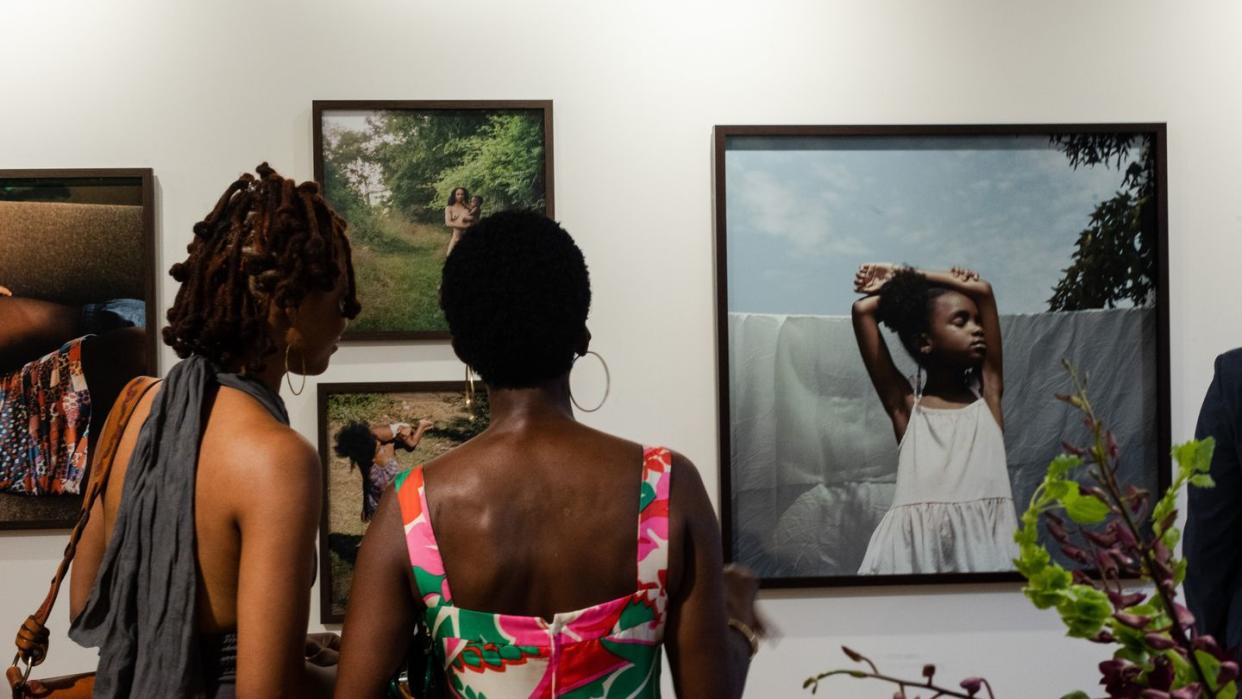
Art, in its many expressions, acts as a hedge against indifference, as its very nature is meant to elicit a range of reactions. Yet, for far too long, the gate-keepers of the art world have appeared unmoved and uninspired by the bodies of work produced by creators of color. Substantive change has blessedly been afoot in recent years—an upcoming exhibit at the Met is a penetrating survey on The Harlem Renaissance and Transatlantic Modernism–but the work continues.
For Linda Shropshire the founder and gallerist of the newly opened Ella West, the work began decades earlier, in the late seventies, as a seventh grader at Ranson Junior High in Charlotte, North Carolina.
“Winston Fletcher was my public school art teacher and he knew art from a European perspective but he also had really deep roots in understanding who the Black artists were of our time.” Shropshire said “I learned about Picasso, yes, but I also learned about Ernie Barnes, Edmonia Lewis and Elizabeth Catlett. No one talked about [them] in mainstream art education, so I was fortunate to have that.”
Shropshire’s early access to the scholarship of women and minority artists instilled in her a passion for art education while also leaving an indelible mark on her professional pursuits. Even when her ambitions angled towards senior leadership roles at blue chip companies, those formative lessons from Mr. Fletcher and the legacy of Black art remained her North Star. After years of research – which involved countless gallery visits in places like Dubrovnik, Croatia and Venice, Italy–and armed with a business woman's head and an artist’s heart, Shropshire launched Ella West; a gallery named after her mother, and one sufficiently capacious to hold the ambitions and aspirations of both established and emerging underrepresented artists. A gallery like this means something, but it means something more in the South.
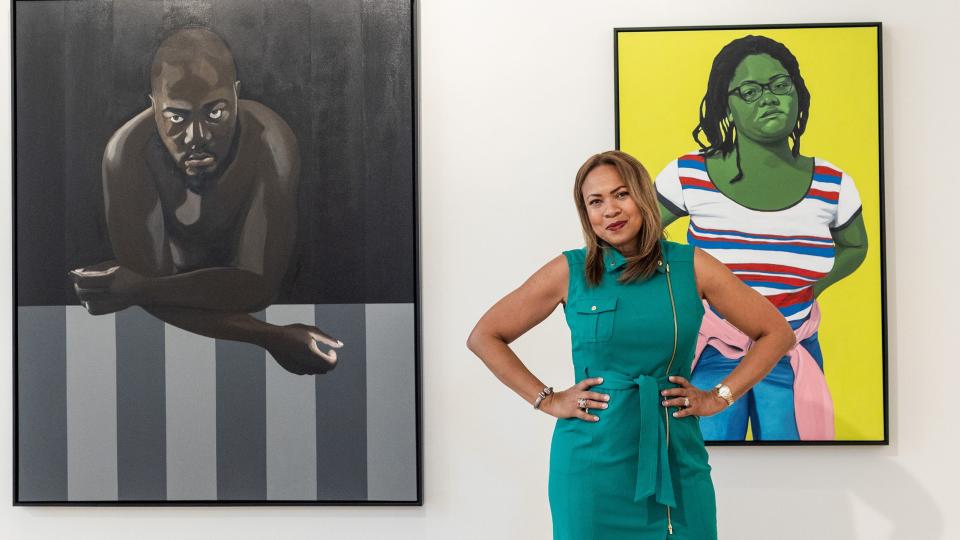
With a powerful perch on Parrish street, the site of Durham’s once Black Wall Street, Ella West uses its strategic location to pry open and cast light on some of the more obscure details of the city’s history. It is for this reason, Shropshire entitled her inaugural exhibition “Return to Parrish Street: A Dream Realized.” There is a legible line connecting some of Black Wall Street’s landmarks to pivotal events happening in the global art scene today. For instance, the legendary painter and Durham native, Ernie Barnes (1938-2009) whose work soars with his trademark use of exaggerated elongated figures, noted that at thirteen-years-old he snuck into the segregated dance hall, the Durham Armory, where raucous scenes of music and motion seared his adolescent memory. “It was the first time my innocence met with the sins of dance,” Barnes reflected. Years after that encounter, Barnes painted The Sugar Shack – which sold at auction for an eye-popping eight figures in 2022. The Durham Armory remains less than a three minute walk from Parrish street; it’s a triumphant homecoming for Ella West to have two signed Barnes lithographs: “The Comedian” (limited edition) and “Head Over Hills" featured on its walls.
The space the gallery occupies was also the former printing press of the Durham Reformer; a 1920’s newspaper that produced thoughtful and nuanced coverage of the Black southern experience. Through a very different medium, but under the same roof, a century later, the coverage continues. Ella West, one of Black Wall Street’s unapologetic heirs needles through the past, using it as a gossamer thread to construct a safe space of permanence and impact for artists who have long needed it.
Kennedi Carter, the twenty-four-year-old visionary who has photographed cultural juggernauts like Beyoncé, Stacey Abrams and Amanda Gorman understands why gallery representation matters within a larger social context. “Gallery coverage is important for those searching to produce work on a larger scale as it allows them to show their work to a wider audience and connect with curators and collectors,” Carter noted “It creates space for more opportunity and dialogue which is so helpful.”
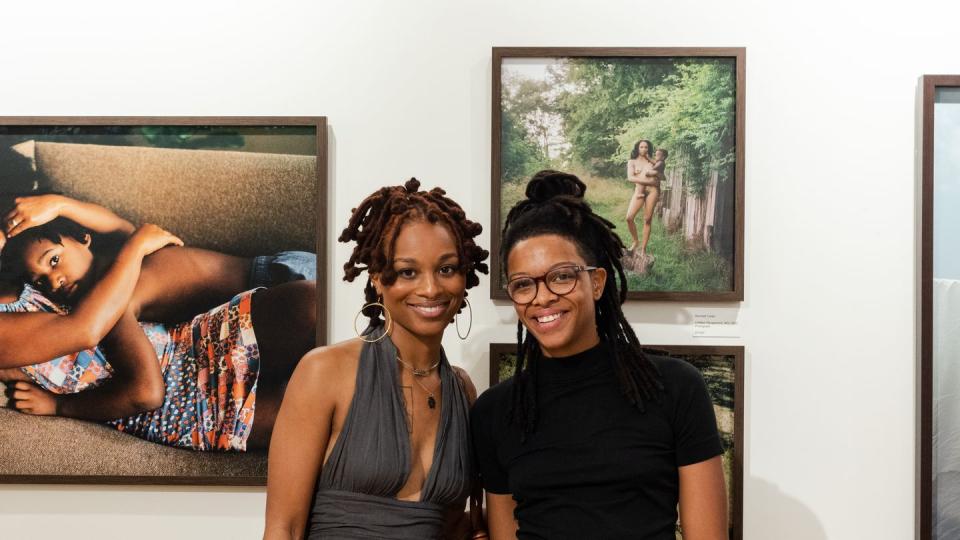
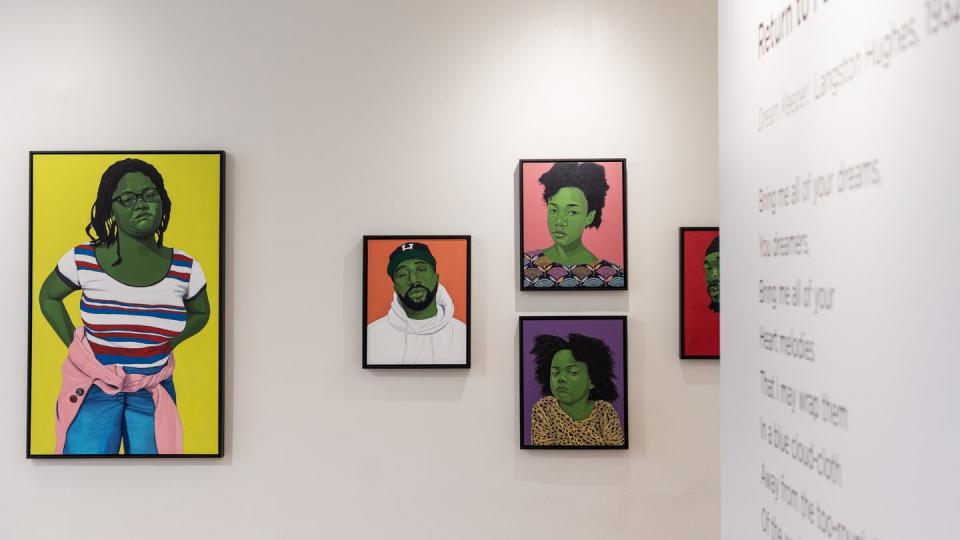
On display at Ella West are several of Carter’s photographs, albeit not the hyper-styled celebrity portraiture she’s done for the covers of glossy legacy publications. At this gallery, in her home city, visitors are privy to some of Carter’s more intimate work; images that show her steel and range as a professional as well as some of the more granular details of the vulnerability she daily carries, as a new mother to a baby boy.
“When I’m photographing my son, Atlas, I’m seeking to immortalize the bond between us. I am looking to capture not just a photograph, but a moment of love, a piece of our relationship, a fragment of his childhood,” Carter expounds “I want these photos to serve as a tangible reminder of my love for him, and how love has been a constant presence throughout his life.”
Carter’s sentiment tenderly encapsulates the core of Ella West, which is to push the boundaries of art that will redefine art history. “There are very few Black-owned galleries that speak to the minority experiences. Imagine what art history would be, if galleries made space for Black, Brown, LGBTQ+ art,” Shropshire notes. “For too long the cannons of art, centered on the European male. It’s time for art to be more expansive and that’s what I’m doing.”
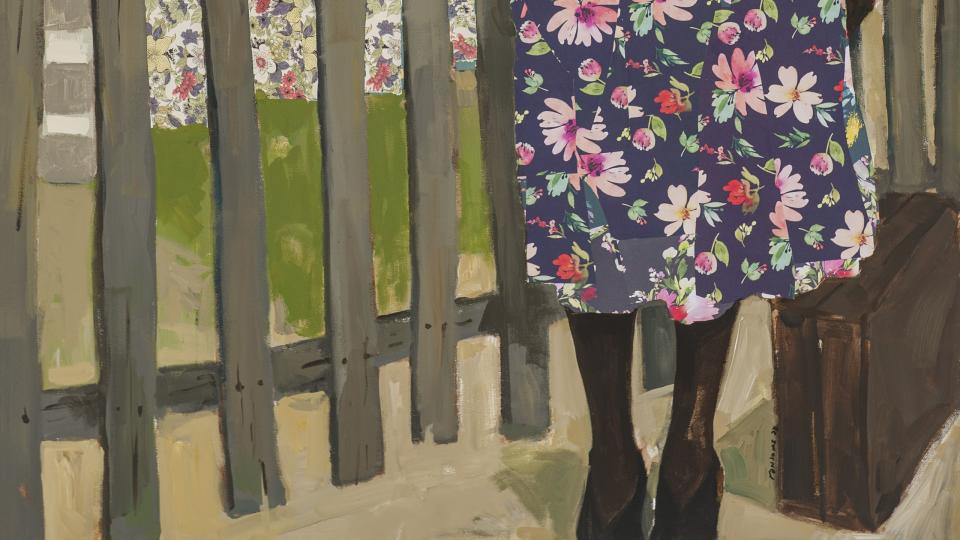
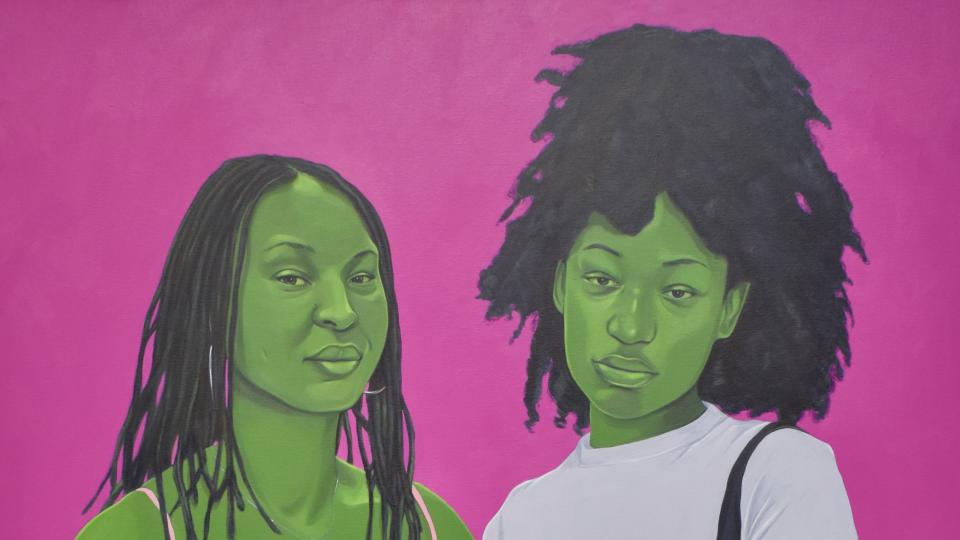
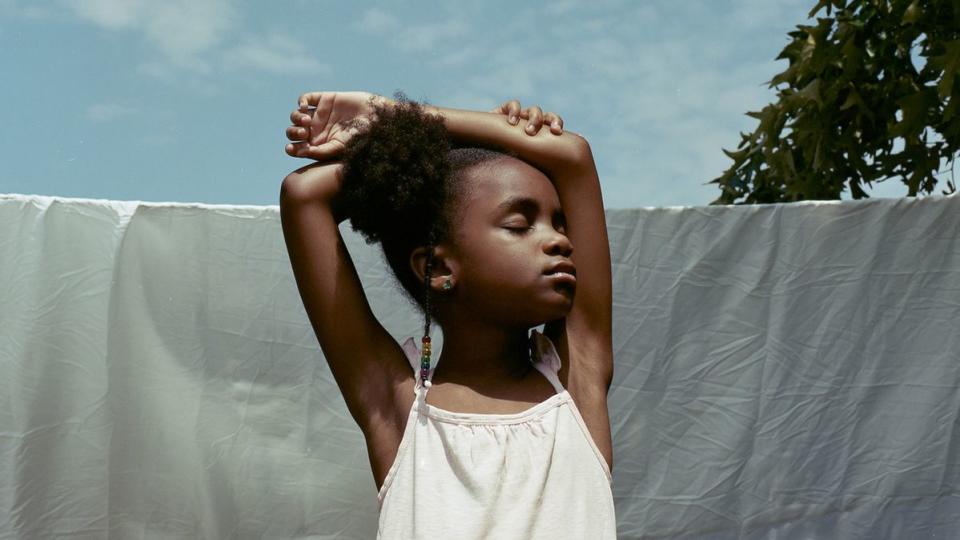
Shropshire understands her role within this transformative work and stays squarely in her lane, candidly admitting, with a smile, that she couldn't draw a stick figure to save her life, but also recognizing the pervading truth of the words from her seventh grade art teacher, Mr. Fletcher “Shropshire, I don’t think you’re ever going to be an artist, but you will always be a lover of the arts. And you will always be our advocate.”
You Might Also Like


